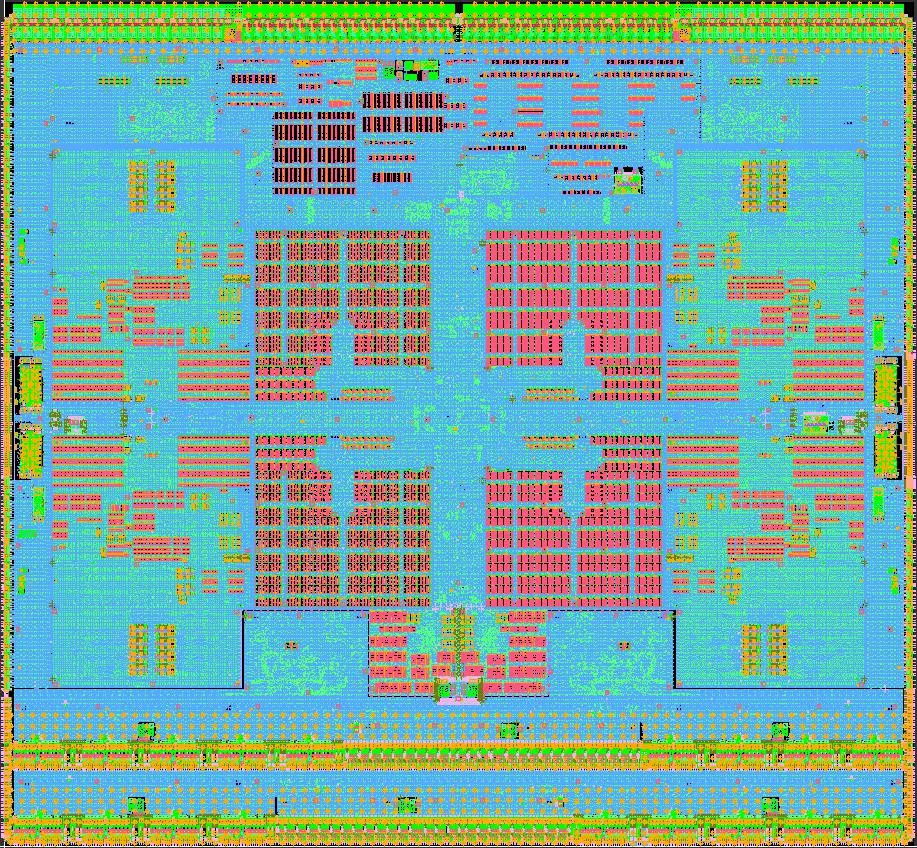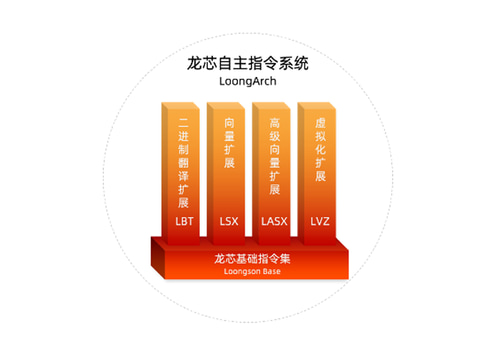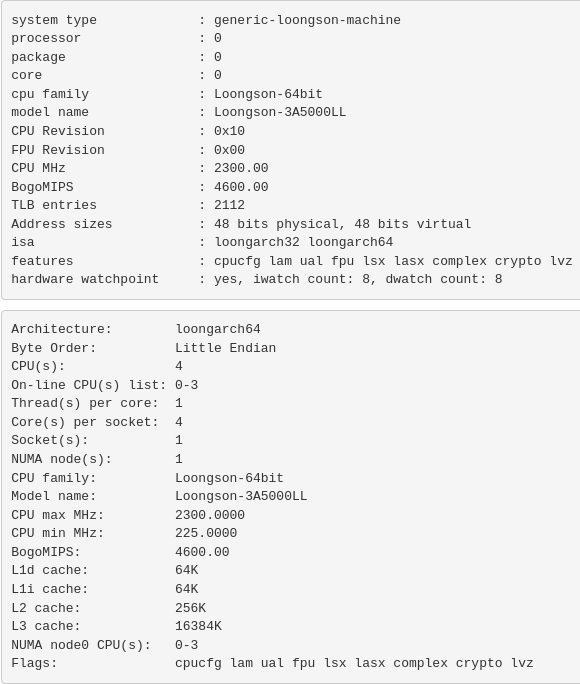Já não ouvia falar deles há algum tempo e até pensei que já tivessem desistido, mas parece que vão voltar à carga.
Loongson Introduces MIPS64 3A2000 & 3B2000 Processors Based on GS464E Architecture
A informação provêm de um PDF que está neste link
http://info.scichina.com/sciF/EN/abstract/abstract517490.shtml#
com base nalguns dos dados fornecidos a Imagination Technologies publicou o seguinte no seu blog

http://blog.imgtec.com/mips-processors/loongson-mips64-processors-performance-barrier
nenhuma informação sobre o consumo.
Os chineses bem andam a tentar, agora falta ver o que vem da OpenPower.
Loongson Introduces MIPS64 3A2000 & 3B2000 Processors Based on GS464E Architecture
http://www.cnx-software.com/2015/09...2000-processors-based-on-gs464e-architecture/Loongson recently unveiled two new quad core processors Loongson-3A2000 & Loongson-3B2000 targeting respectively consumer electronics and server, and on the company’s new GS464E architecture using MIPS64 cores.
Both processors are 4-way superscalar processors built on a 9-stage, super-pipelined architecture with in-order execution units, two floating-point units, a memory management unit, and a crossbar interconnect. According to Imagination Technology, Chinese media reported that 3A2000 CPU was designed at high-performance consumer electronics products such as desktop computers and laptops, 64-bit embedded and DSP applications, and network routers, while 3B2000 will be used in 8 to 16 core server systems, meaning there would be 2 to 4 quad core processors in these servers.
A informação provêm de um PDF que está neste link
http://info.scichina.com/sciF/EN/abstract/abstract517490.shtml#
com base nalguns dos dados fornecidos a Imagination Technologies publicou o seguinte no seu blog

http://blog.imgtec.com/mips-processors/loongson-mips64-processors-performance-barrier
nenhuma informação sobre o consumo.
Os chineses bem andam a tentar, agora falta ver o que vem da OpenPower.








